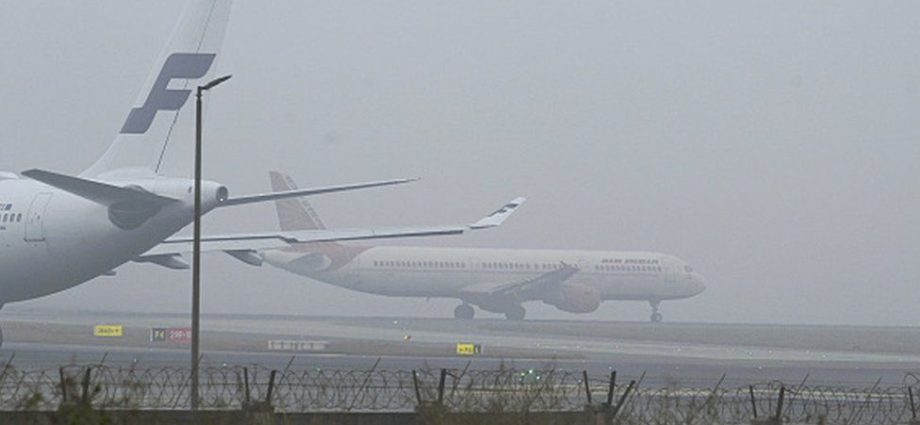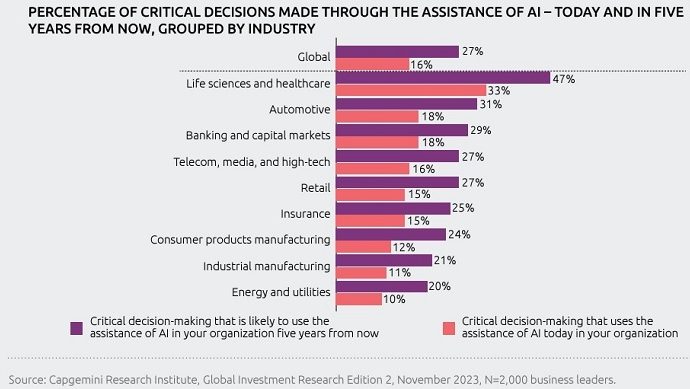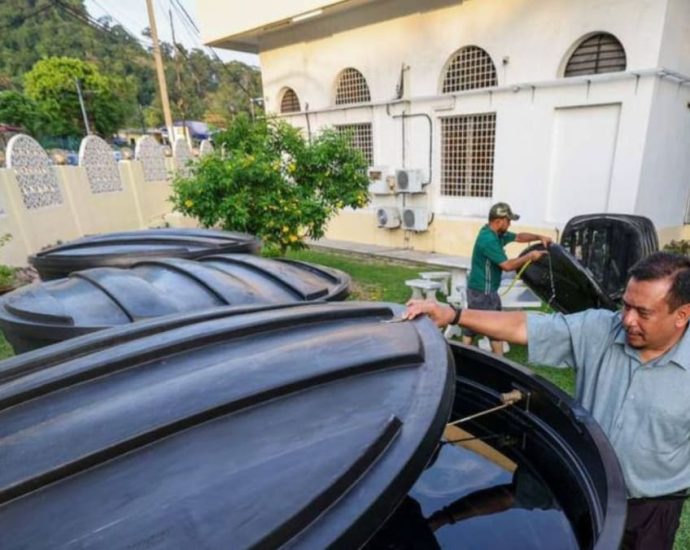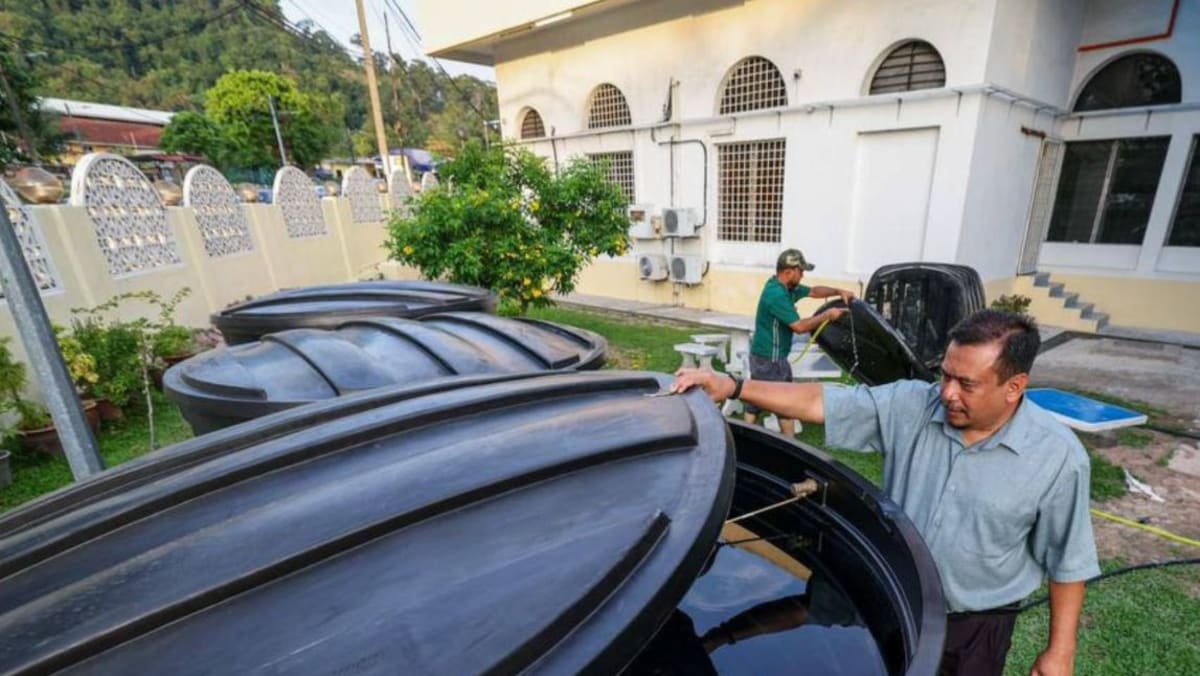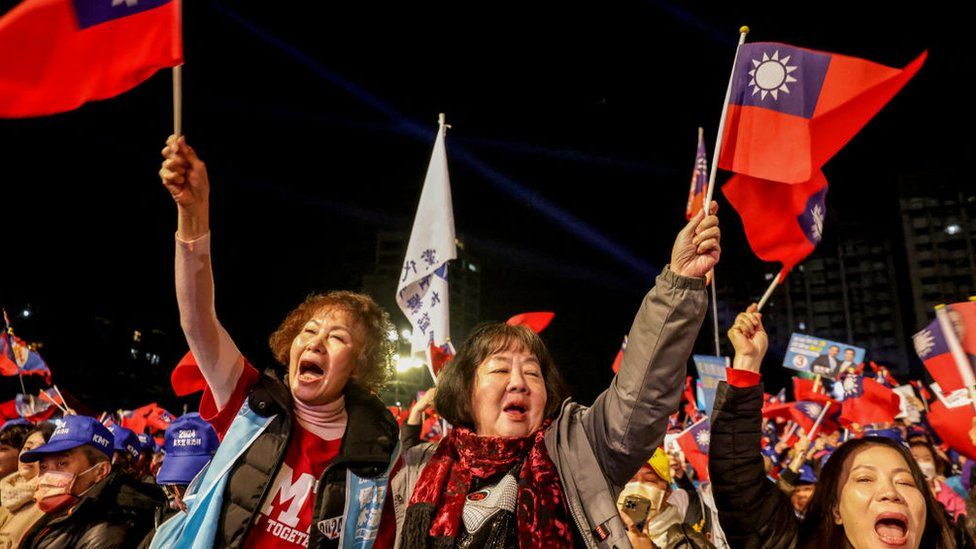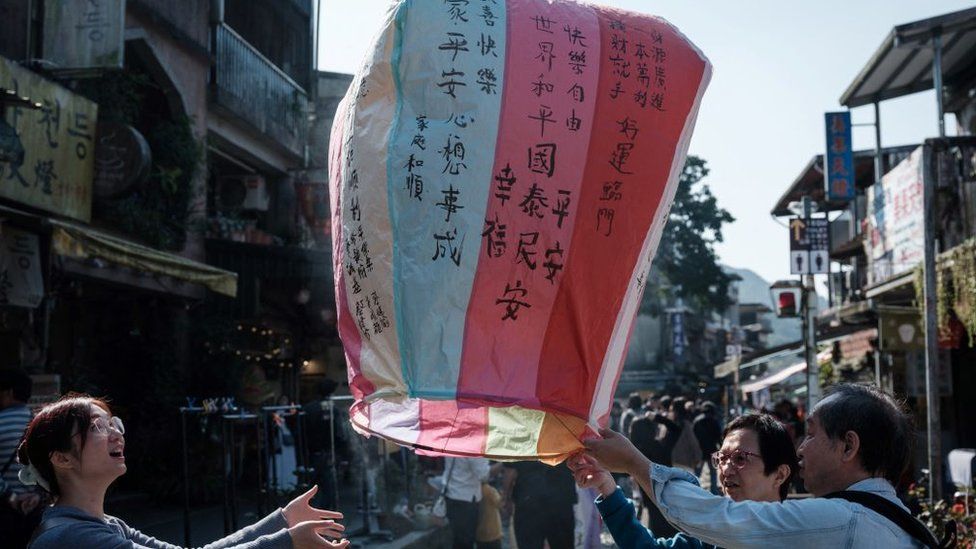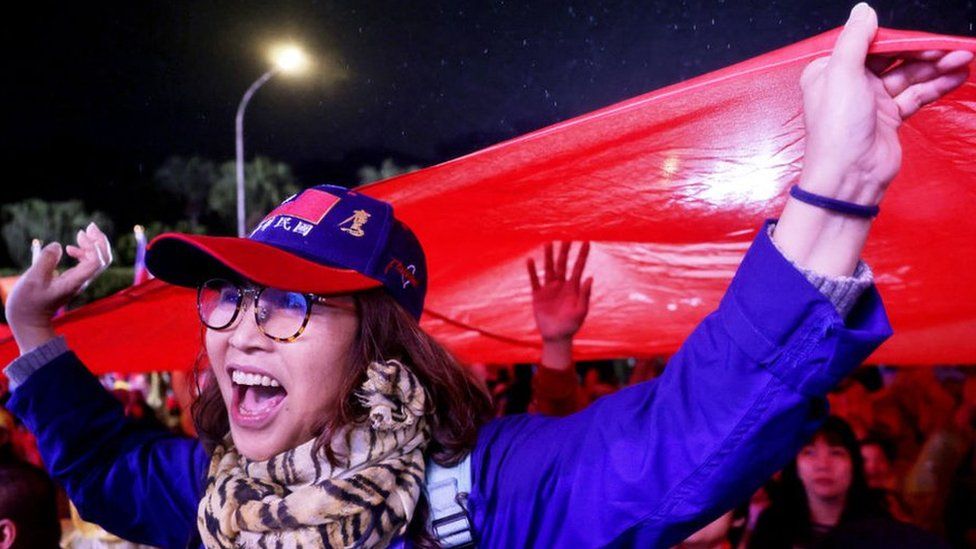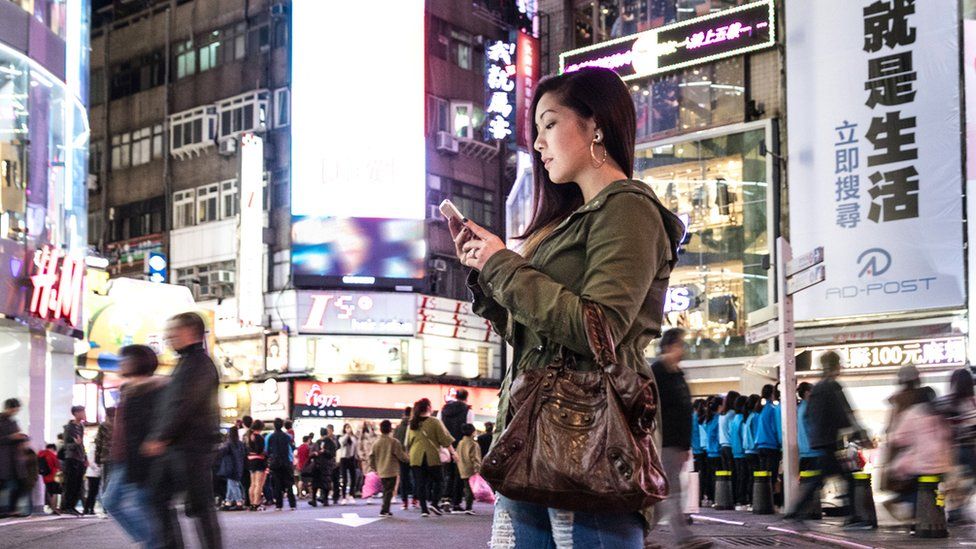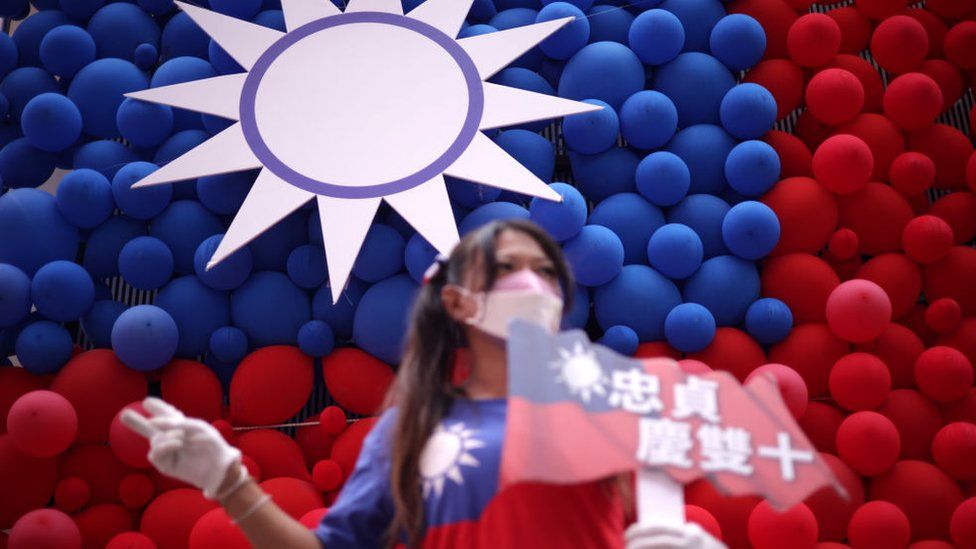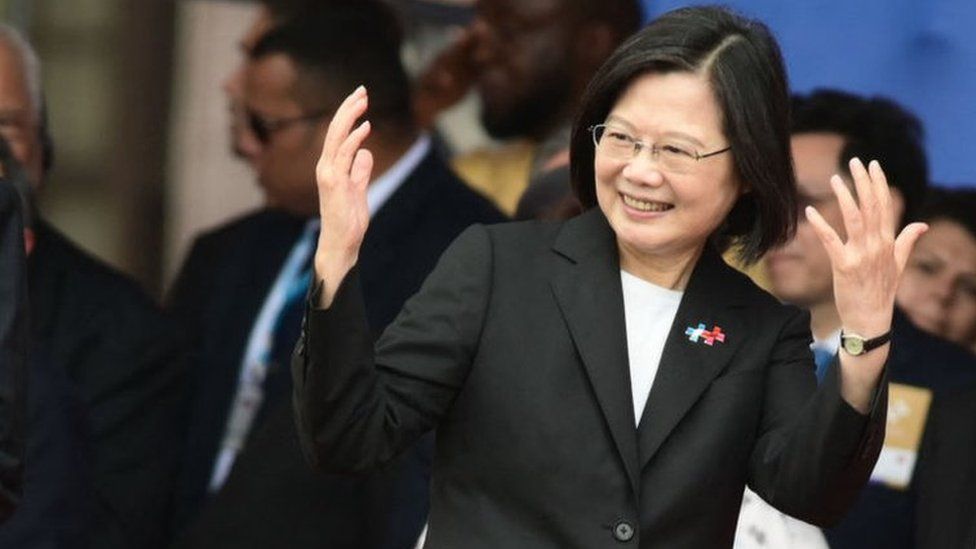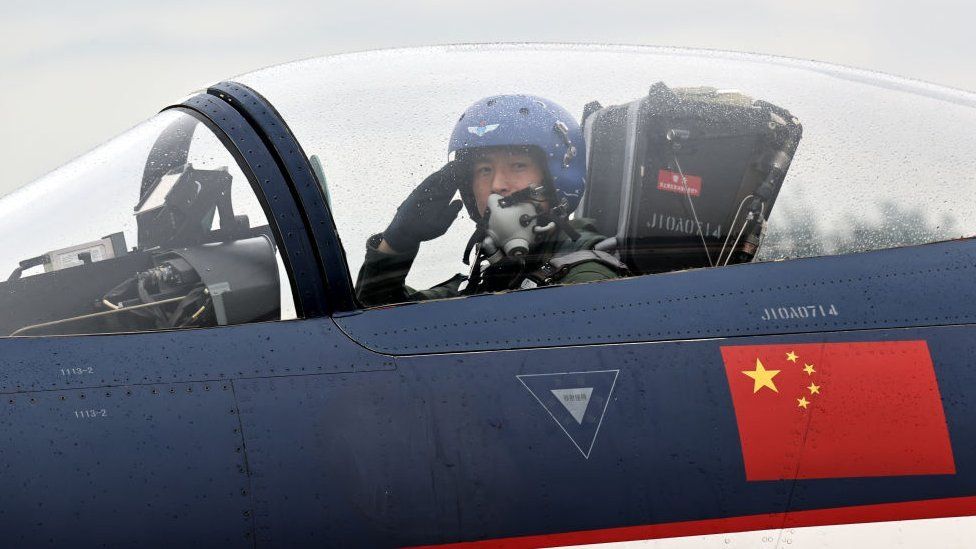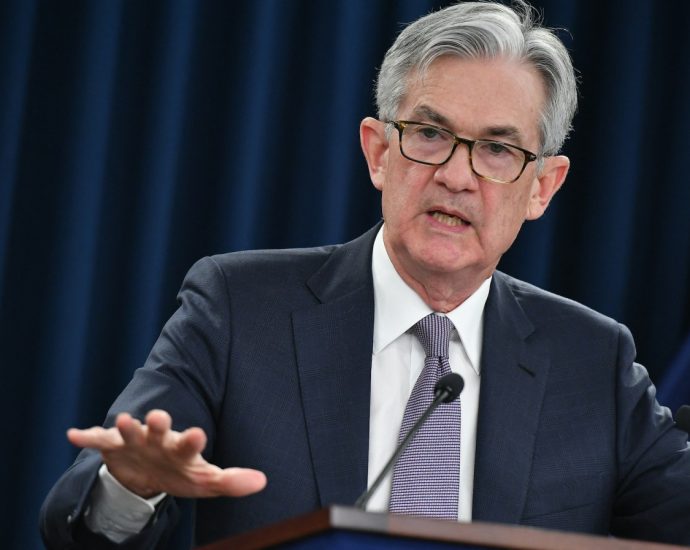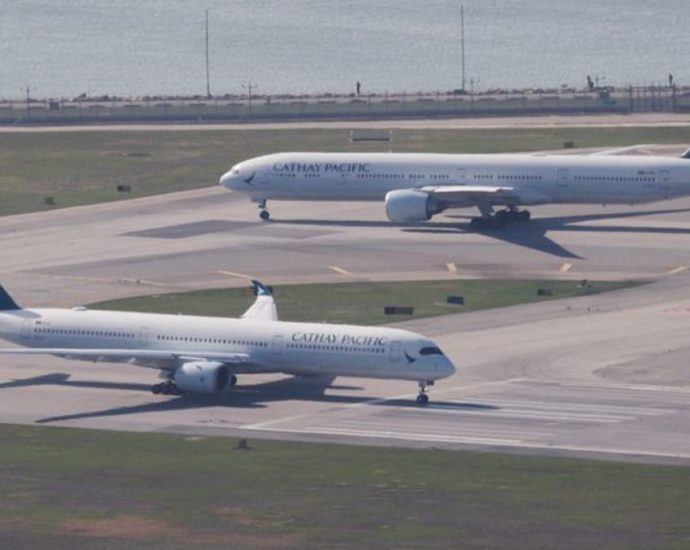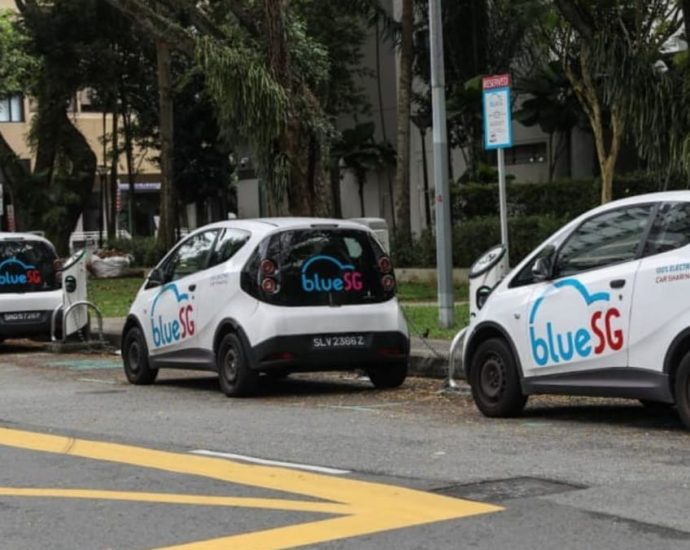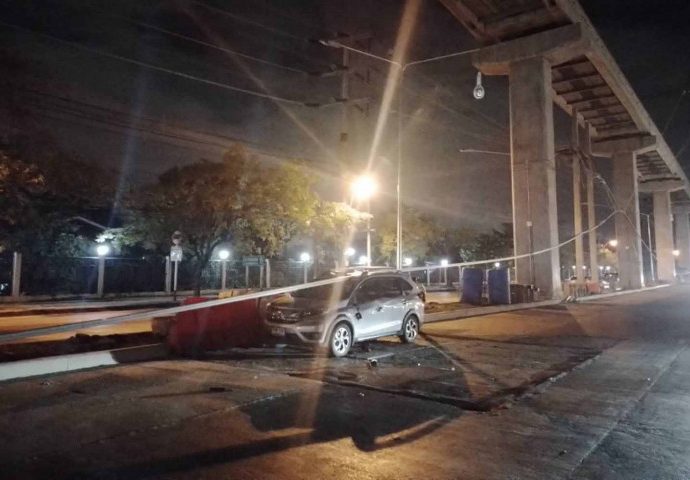Flight cancellations: Airport chaos angers Indians as fog hits travel
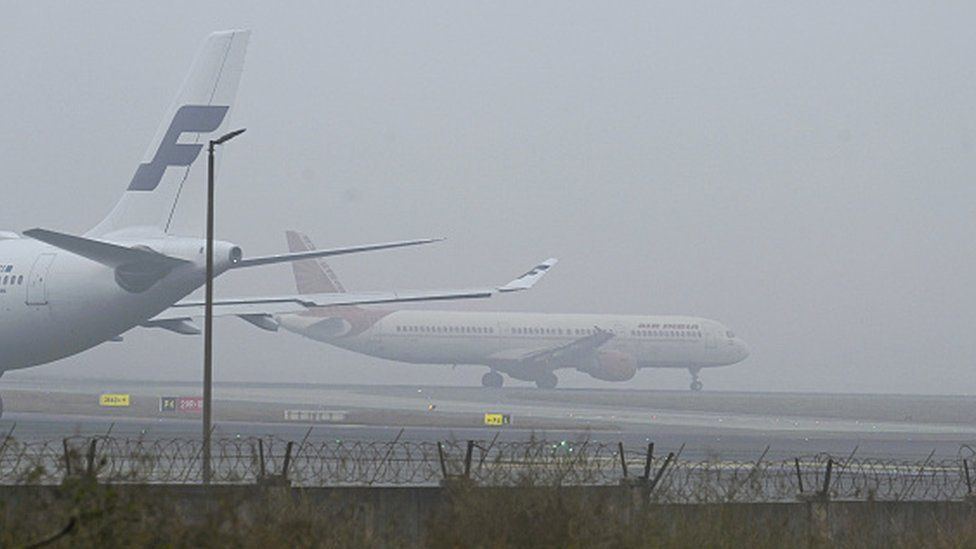 Getty Images
Getty ImagesIndia’s aviation regulator has issued an advisory to airlines after dozens of people took to social media to complain about flight delays and cancellations.
The regulator has asked airlines to cancel flights “sufficiently in advance” and inform passengers about delays in real time.
Airlines have blamed the cascading effect of fog in Delhi for the chaos.
But furious passengers have accused airlines and airports of inadequate communication.
A man was arrested and later released on bail after he was accused of assaulting a co-pilot of IndiGo airlines. The man’s flight on Sunday had been delayed for more than 10 hours. A viral video showed the passenger lunging at the co-pilot as he made an announcement on the plane.
Another video showed passengers eating food while sitting on the tarmac at the Mumbai airport, where their flight from Goa to Delhi had been diverted after hours of delay.
Hundreds of domestic flights have been delayed since Sunday after a thick fog engulfed Delhi, which is home to one of India’s busiest airports. It is also the main hub for major airlines such as IndiGo and Air India.
While fog is an annual occurrence, reports say the situation is worse this year at the Delhi airport due to other factors including parking shortages due to grounded aircraft and a runway being shut for maintenance.
The disruption, which intensified on Sunday, had a cascading effect on Monday and is likely to continue on Tuesday as well.
The weather department has predicted two more days of heavy fog in Delhi and other northern cities.
Since Sunday, several passengers had tagged federal aviation minister Jyotiraditya Scindia and various airlines on X (formerly Twitter) to complain about flight delays. Some said they were forced to sit inside planes without food and water amid lack of clarity about departure times.
On Monday afternoon, Mr Scindia addressed the chaos in a long post on X, blaming the “unprecedented fog” in Delhi on Sunday.
“…Visibility fluctuated for several hours, and at times, dropped to zero between 5am to 9am. The authorities, therefore, were compelled to enforce a shut-down of operations for some time even on CAT III runways (CAT III runways cannot handle zero-visibility operations),” he wrote, adding that the Delhi airport had been asked to “immediately expedite the operationalization of the CAT III-enabled 4th runway”.
Mr Scindia also said that “unruly behaviour” was “unacceptable” and would be dealt with legally.
IndiGo said in a statement that it had referred the assault of its staff member to its independent internal committee for “appropriate action”.
A bulk of the complaints came from people travelling on IndiGo, which is the largest in India in terms of passengers carried and fleet size. The airline said in a statement on Monday that it regretted the inconvenience to customers.
“Cancellation and delays [due to severe fog] had a cascading effect on rotations throughout the day, leading to further impact on operations,” it wrote.
Some opposition leaders, such as Pawan Khera from the Congress and Saket Gokhale from the Trinamool Congress, also criticised the aviation minister and the regulator for operational and communication failures.
Mr Gokhale asked the government to initiate an enquiry into the “operational breakdown” of IndiGo on Saturday and Sunday, alleging that it could not “be blamed solely on the fog in northern India”.
“There are horror tales of travellers from other parts of India who faced the same problems,” he said.
Some of the stories of disruption came from Bollywood celebrities.
Actor Ranvir Shorey posted on X that his IndiGo flight was more than 10 hours late, leaving him in a difficult situation as he had to get back home to his son. He said he would file a complaint against IndiGo.
On Saturday, actress Radhika Apte said she and her co-passengers were locked inside an aerobridge at the Mumbai airport for hours without access to water and toilets after a delay in their IndiGo flight to Bhubaneshwar in Orissa state.
BBC News India is now on YouTube. Click here to subscribe and watch our documentaries, explainers and features.

Read more India stories from the BBC:


